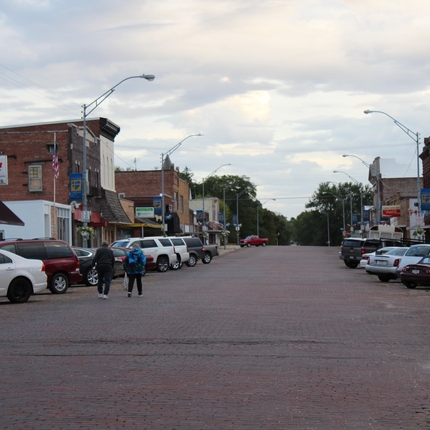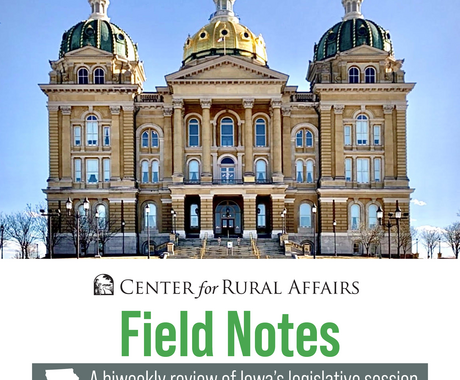By Jordan Rasmussen, former staff member
Navigating resources needed by and available to Nebraskans as they age in their homes and communities can be challenging, especially in rural areas.
Nebraska’s Aging and Disability Resource Centers (ADRC), housed within local Area Agencies on Aging, serve as a resource navigation hub for elders and their families. Yet, the future of the centers rests with the legislature in LB 1004, as the pilot phase of the ADRC project comes to an end later this year.
The need for assistance that ADRCs provide, such as initial consultations and options counseling, is particularly pronounced in rural communities. Nearly 47 percent of the state’s population over the age of 65 currently live in rural counties.
Yet, there remain factors that can impede aging in a rural community. Rural residents must travel farther for health care or basics like grocery shopping. As people age, these once nondescript inconveniences can prove to be barriers to successful aging in place.
While moving to a more urban setting is an option, this negates the ideal of aging at home. Instead, it removes the elder from social structures of the community, which promote healthy aging.
Limited social and financial resources can also narrow rural elders’ choice in where they live. There are often only two options – remaining in a home they can no longer care for or moving to a skilled nursing care facility. This can be a detriment to the individual, the care system, and the state.
Medicaid covers the care of one in two Nebraska nursing home residents. Multiply that by the average annual cost for care in a long-term care facility, roughly $83,000, and growth in the aging population. The figure adds up. Caring for our elders could cripple state budgets in decades to come. ADRCs exist to help residents find more cost effective and healthful solutions.
By providing a hub for elders and their caregivers to navigate and identify available resources via a website, phone hotline, and in-person consultations, ADRC staff help identify the right resource at the right time. ADRCs serve rural Nebraskans well.
As the Health and Human Services Committee and the legislature consider the future and funding of Nebraska’s ADRCs, short-term program costs must not detract from the long-term cost savings that ADRCs afford to both the state’s aging population and future state budgets. A vote for LB 1004 provides that cost savings.





